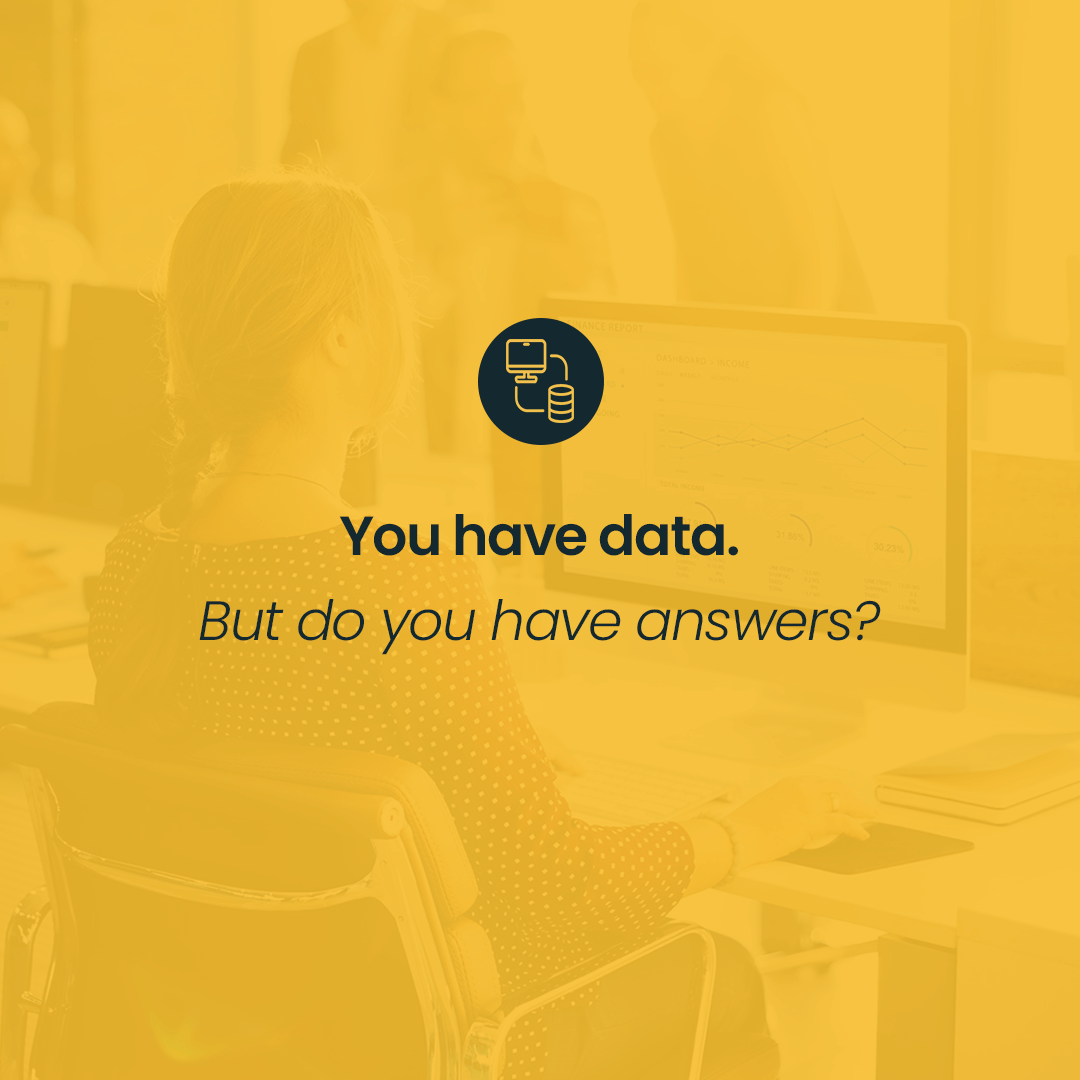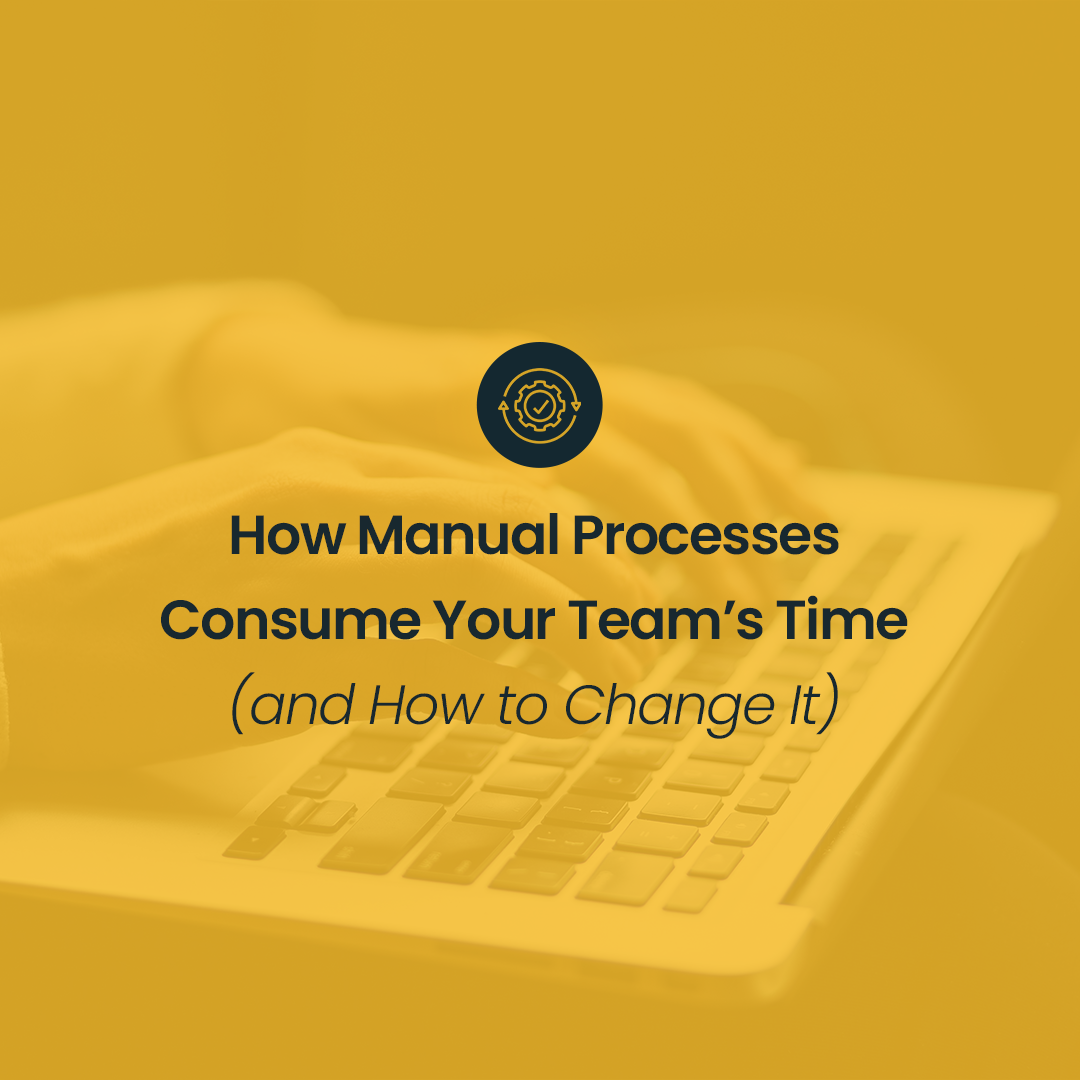Today, companies collect massive amounts of data that relate to every aspect of their business. They have data from the area of employment and HR to workflow, and then marketing and sales, which are the areas that are most crucial and must work together the most. To enable such cooperation, it is necessary to have an appropriate Business Intelligence tool. It will ensure a better flow of information, enable proper sales planning, allow you to analyze customer behavior and slowly monitor individual processes for better optimization the collected data.
There are many solutions on the market, but Power BI Desktop and Tableau are definitely the leaders. Power BI Desktop is a data visualization platform created in 2013 by Microsoft. Tableau is an older product, available since 2003, and was developed by Tableau Software. Both tools have a lot of functionality that makes everyday work easier.
Choosing the best solution is difficult, and making a final decision can often depend on several factors. With the information gathered in the comparison below, we will try to help you answer which tool is a better match for your organisation.
Integration with other systems
Due to the fact that Tableau is an older product than Power BI, it has a very extensive database of sources with which we can connect. In both cases, integration with multiple sources is very easy. In the case of Power BI, the list of available sources is constantly growing. Another difference between the two systems is data transformation. Power BI has a built-in tool for this (Power Query), while in the case of Tableau you need to purchase an additional product (Tableau Prep). Tableau Prep is definitely less intuitive to use than Power Query, which many people are familiar with from Excel.
Updates and support
Power BI is a relatively young, very dynamically developing product. As a result, updates appear in a monthly time interval. Tableau, on the other hand, is a more mature product, it has already been improved many times, and its updates appear twice a year. When analyzing both products, it is worth mentioning that there is a large group of Tableau enthusiasts who actively share their knowledge on forums and show examples of solutions to encountered problems. Power BI has a much smaller group of people participating in forums, but in recent years it can be seen that the group has been growing rapidly. In addition, PRO package users may count on special assistance. Additional support in working with a given tool may be the Polish language support. Power BI, which has a simple menu reminiscent of other Microsoft products, will definitely work better. The program supports 44 languages, including some visualizations that require it (name recognition on maps), and help is provided in the given language. Unfortunately, in the case of Tableau, the choice is very limited.
Data import
Both products are good at importing large amounts of data, but Power BI needs more memory for this than Tableau. Files in Tableau are over 50% smaller than .pbx (Power BI) files and are handled with better performance. In addition, Tableau can handle files of any size without limit. With Power BI, the limit for local data is 10 GB, but with a live connection, as with Tableau, there is no limit.
The undoubted advantage of Power BI is that it can include machine learning algorithms when loading data for analysis.
Visualizations
Both programs have a very rich selection of ready-made visualizations, and creating them is quick and easy. They have an intuitive and easy-to-use interface and offer a drag-and-drop function, which definitely makes it easier to work on building visualizations. As for the available visualizations, Tableau allows us to make greater modifications, so we can customize the charts more to our needs, and Power BI has access to custom visualizations in addition to the basic visualizations, most of which are free. What is crucial in the case of Tableau is the lack of a limit on the displayed data on scatter charts, while in Power BI there is a limit of 10,000 points. Here, too, a big plus of Power BI is that the tool is operated in a similar way as other Microsoft products. As a result, it becomes more intuitive to work with, while Tableau requires more familiarity with the operation and capabilities.
Cost
Before making the final decision, it is possible to download and test both solutions for free. In the case of Tableau, you need a second product – Tableau Public and you need to register in advance to be able to save data on a public server. It is worth remembering not to test the tool on sensitive data in this case. Power BI does not require registration, and the data is saved on a local drive, without the possibility of publishing. After the trial period, it is necessary to buy a license and in this case, Power BI is definitely the cheaper solution.
The Pro version costs about 10 USD per user per month, and the premium version 20 USD per user per month. Tableau Creator costs USD 70 per user per month, but the Tableau Explorer version costs 35 USD per user per month. In both cases, a local server solution and a cloud server solution are used. Regarding the price, it is worth mentioning that despite the higher costs of Tableau, the price has been at a similar level for years, unlike Power BI, which was initially a free tool. Due to its dynamic development, there is a possibility that the price may increase over time.
Summary
Both solutions have their own feature set and make data visualization and business analysis easier.
If your company has small data sets, works a lot on Microsoft tools and these are mainly repetitive reports, Power BI will be the best solution. Power BI is suitable for small teams, which can be used by both experts and beginners, and only requires knowledge of DAX. The price also speaks in favor of Power BI.
Tableau will definitely work better for companies that have huge amounts of data sets. It is an excellent tool for ad-hoc analysis. Mastering the tool requires time and knowledge, which is why it is recommended for more experienced analysts. Undoubtedly, this is a more expensive solution.






